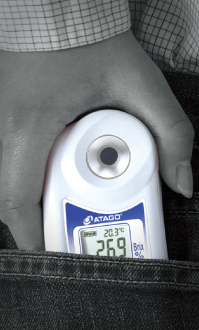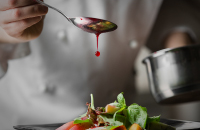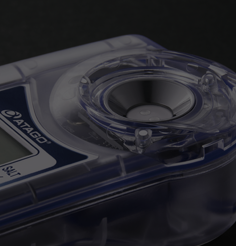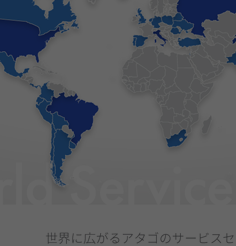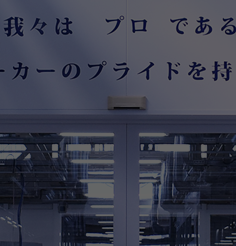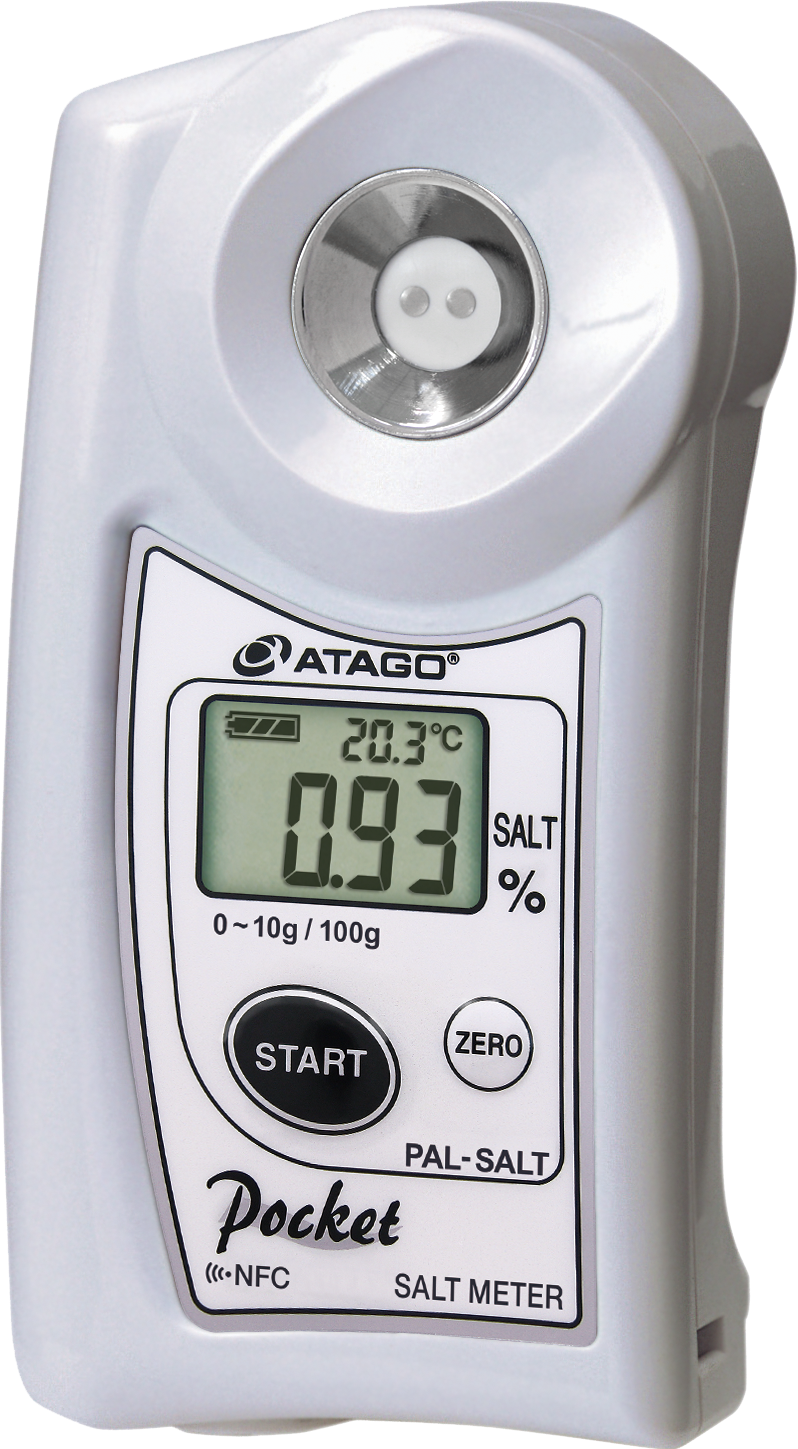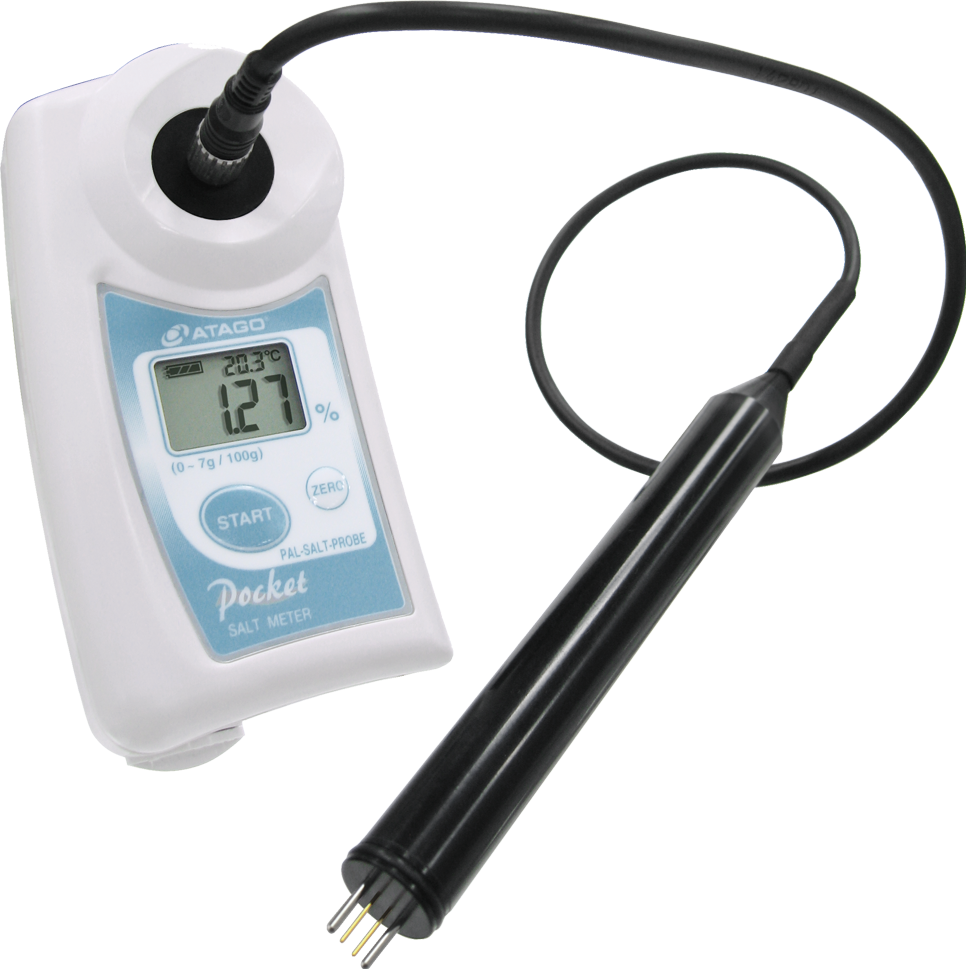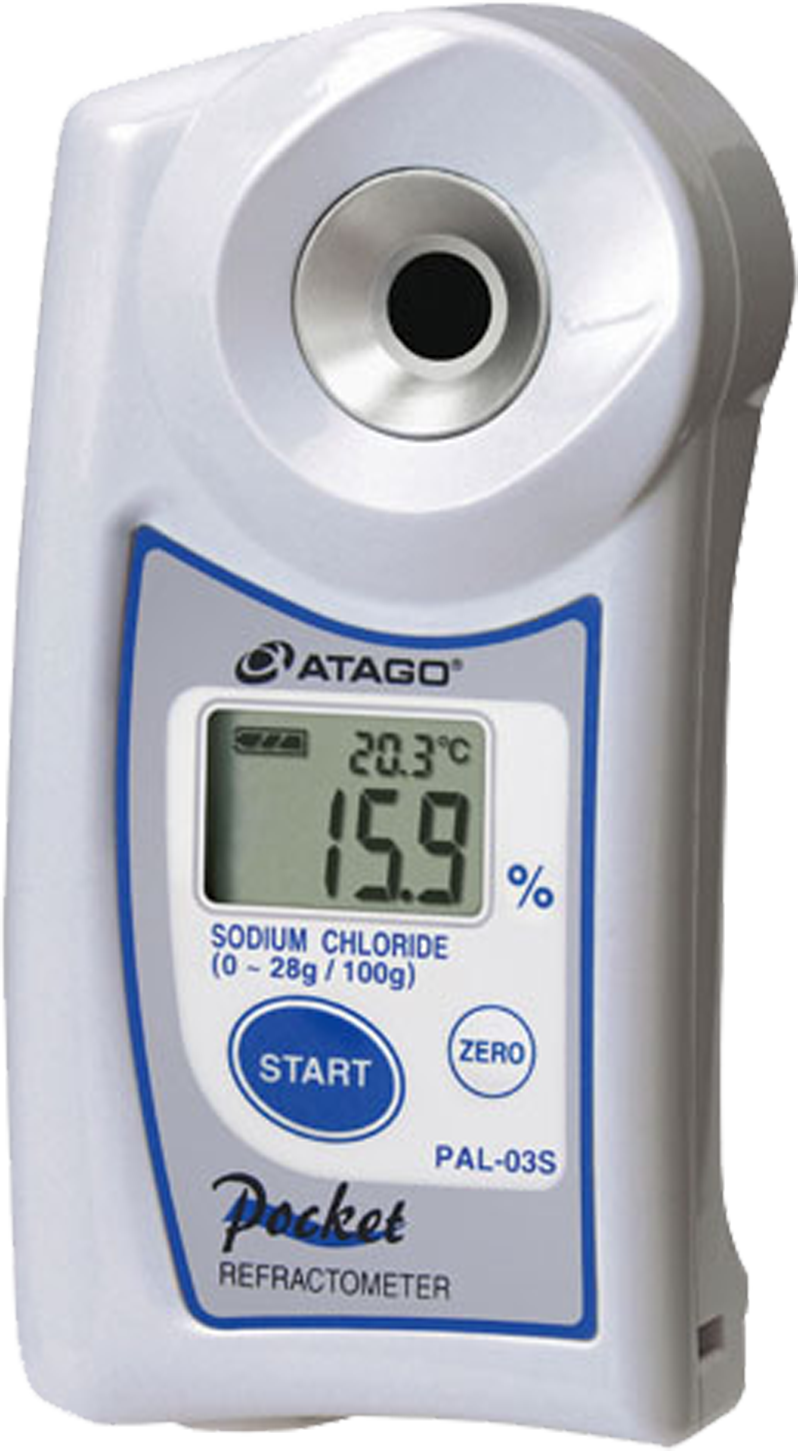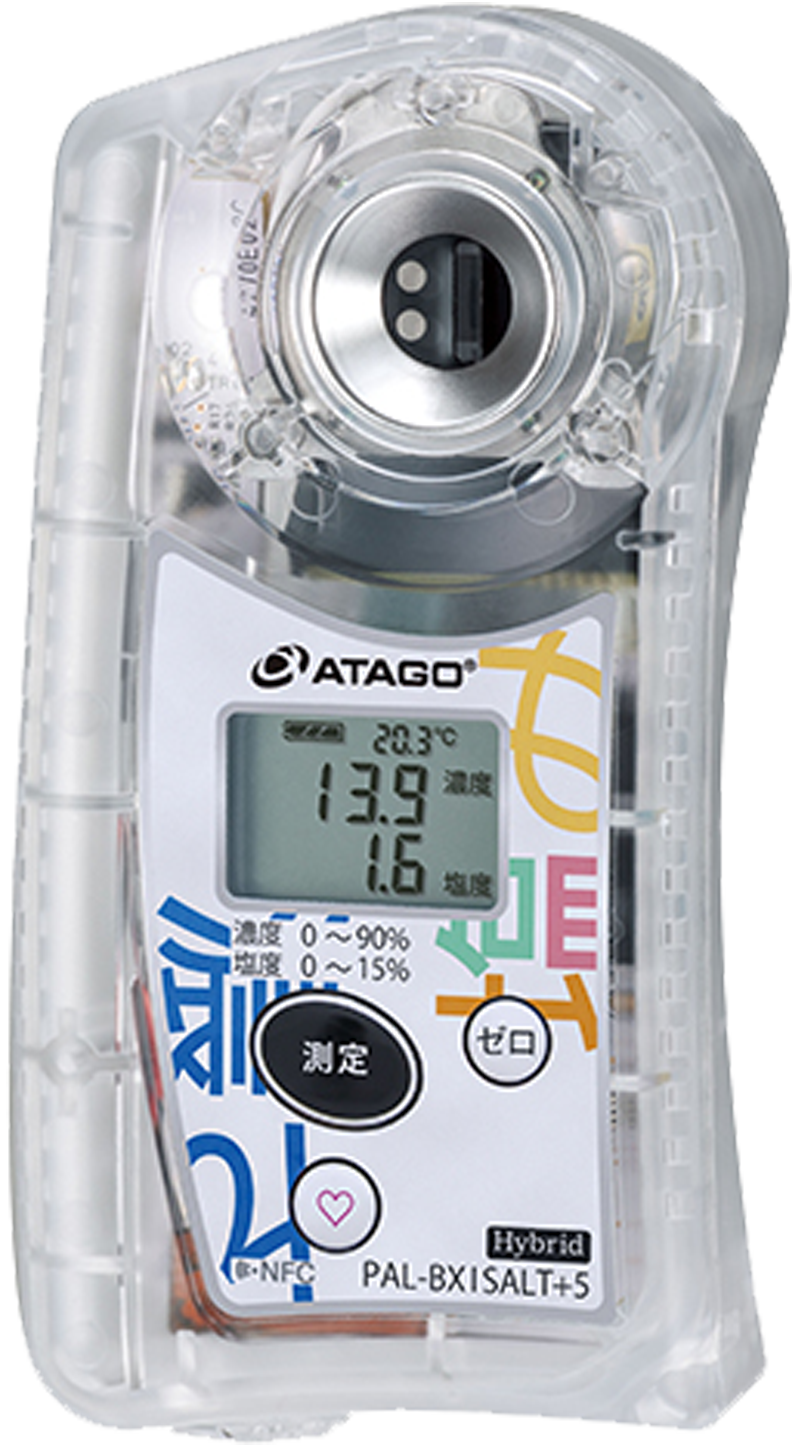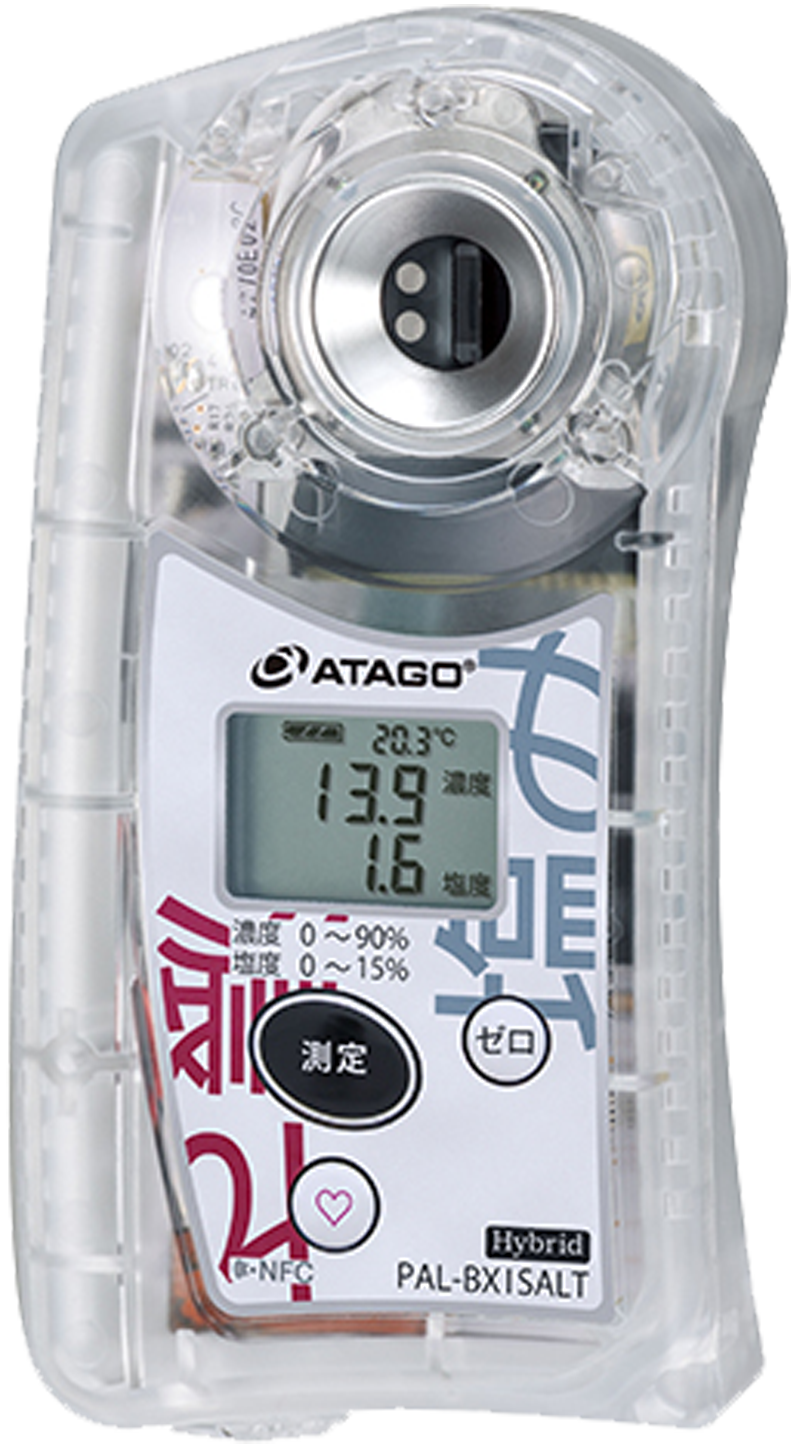Pickles
Pickles & Pickling Solutions
Pickles are low in calories, contain fiber, and contain lactobacillus;
this means pickles promote health and improve skin complexion.

There are countless types of pickles; pickled cucumber, pickled eggplant, ume-boshi (pickled plums), pickled yellow daikon radish, Matsumae pickles (pickled dried squid, herring roe, and seaweed), Nara pickles (gourds pickled in sake lees), Senmai pickles (thin slices of turnip pickled in vinegar and other ingredients), pickled wasabi, kimchi (Korean style spicy pickled vegetables), pickled olives—just to name a few.
“Why are pickles so beloved?” The history of pickles in Japan is extremely ancient. In the Nara period, eggplant and uri (a type of Japanese gourd) pickled in brine were popular, and in the Heian period, pickles prepared with miso and soy sauce were consumed regularly.
Pickles are eaten all over the world, not just in Japan. There is kimchi in Korea, Szechuan pickles in China, Sauerkraut in Germany, and various other pickles in Europe and North America. Although they come in different forms, pickles are beloved by the world. This is because pickles have many appealing qualities.
Pickles are low in calories, contain fiber, and contain lactobacillus; this means pickles promote health and improve skin complexion.
The vitamin C in pickled vegetables has a unique characteristic. Normally, vitamin C is sensitive to heat and will break down. In pickles, the vitamin C is more resilient and does not break down as easily. Pickled vegetables are a precious source of vitamins. Additionally, vegetables lose bulk once their water content is removed, so it becomes easier to consume a large amount of vegetables in one sitting. Not only are pickles high in fiber, but since oil is not used in their production, they are also low in calories.
Pickles contain plant-based lactobacillus. Compared to lactobacillus derived from protein sources, plant-based lactobacillus is resistant to changes in temperature. Even after heat is applied, a comparatively significant number of living lactobacillus easily reaches the intestines. When you ingest lactobacillus, not only does the amount of probiotic, “friendly” bacteria in your intestines increase and regulate your digestive system, but the probiotic bacteria works toward strengthening your body’s immune system. It plays an important role in promoting overall health.
Although the salt content varies depending on the type of pickle, a general standard is about 2g of salt per 100g of pickles. Recently, people are insisting on reduced sodium, and it appears pickles are heading in this direction as well.
We recommend the PAL-SALT for measuring the salt content of brines and pickling solutions.
|
The Salt Content of Pickles |
|
The Salt Content of Pickles |
Forty years ago |
Recent years |
|
Ume-boshi |
approx 20% |
approx 8% |
|
Fukujin pickles |
approx 10~10.5% |
approx 5~5.2% |
|
Kimuchi |
approx 4% |
approx 2% |
|
Pickled yellow daikon radish |
approx 12~14% |
approx 4~5% |
Measurement method
If the pickling solution consists of only salt and water, and if it is over 10%, we recommend the PAL-03S.
If you would like to measure the salt content of the pickle product itself in its solid form, or if you wish to measure how much salt has permeated throughout a sample, we recommend the PAL-SALT PROBE

The Salt Content of Pickles (Rough guide)
 ys
ys
